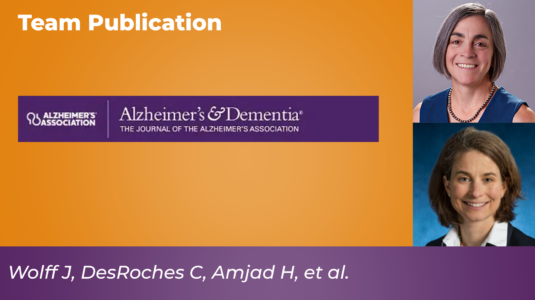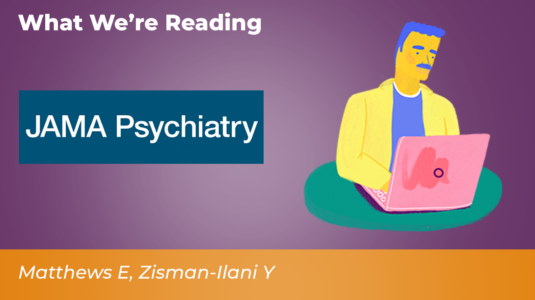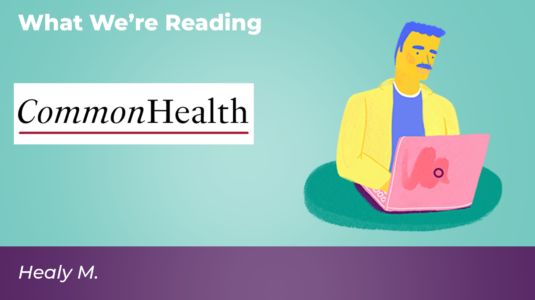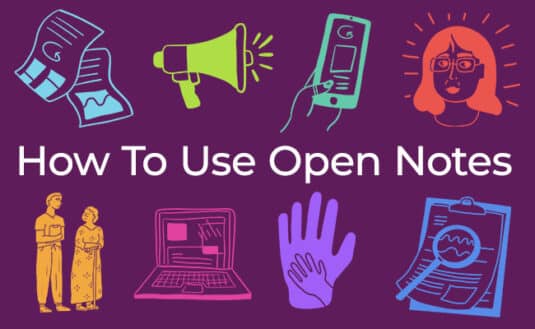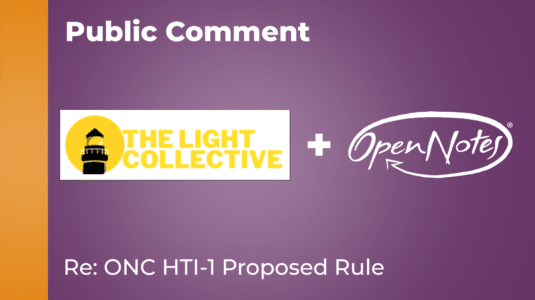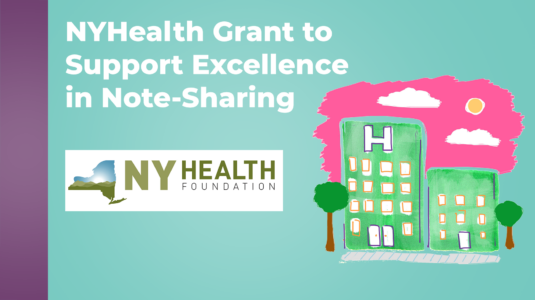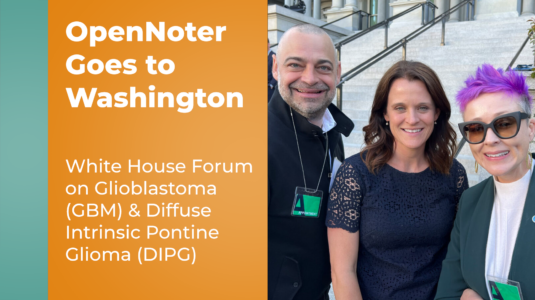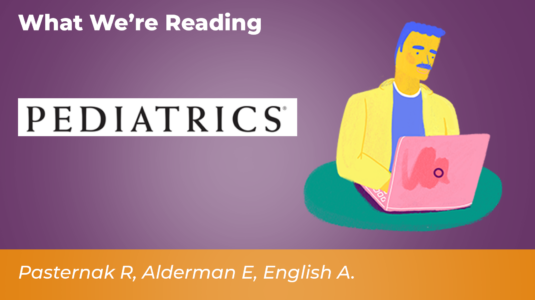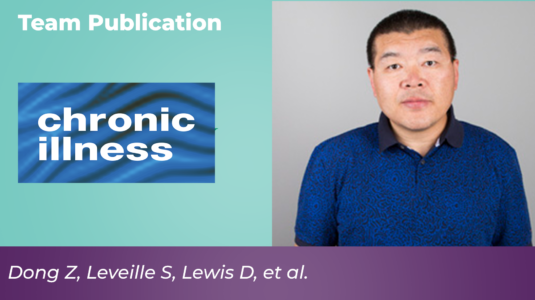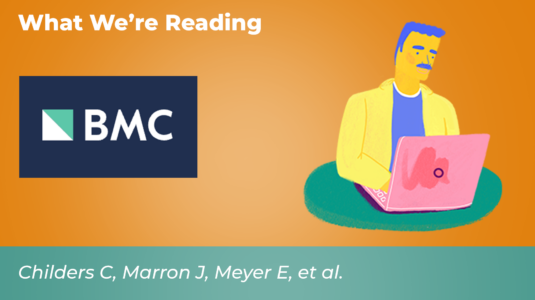This perspective discusses how emerging payment models, quality improvement initiatives, and population health strategies present opportunities to embed best practice principles of ADRD care within the LHS. We aim to stimulate progress toward sustainable infrastructure paired with person- and family-facing innovations that catalyze broader transformation of ADRD care.
featured
Open notes use in psychiatry—The need for multilevel efforts in research and practice
Support for open notes has been bolstered by evidence from a limited pool of early adopters showing that sharing mental health notes could improve indicators of patient-centered care, including patient-rated empowerment, mental health literacy, and therapeutic alliance.
The “Our Words Matter” campaign to reduce stigma and bias in clinical communication: A case report
This case report describes the process of assembling a multidisciplinary team to create an educational campaign with the goal of reducing stigma and bias in the medical record. Campaigns like this one can serve as models for medical and public health professionals who seek to advance health equity.
Introducing How to Use Open Notes: A New Patient-Facing Resource from OpenNotes
OpenNotes is pleased to announce the launch of a new patient-facing resource, How to Use Open Notes. How To Use Open Notes aims to fulfill needs expressed by healthcare professionals for tools that facilitate discussions among patients, their families and clinicians about notes written in medical records (“open notes”).
The Light Collective and OpenNotes submit joint comment on ONC HTI-1 Proposed Rule
OpenNotes partnered with The Light Collective—a national patient advocacy organization—to jointly submit public comment to the Office of the National Coordinator for Health Information Technology (ONC) on the Proposed HTI-1 Rule on Health Data, Technology, and Interoperability.
14 New York State Non-Hospital Systems Receive Grants to Enhance Patient Note-Sharing
In 2023, NYHealth selected 14 non-hospital systems from across the state for grants totaling nearly $800,000 to support them in sharing open notes effectively with patients. NYHealth has long supported the spread of open notes throughout New York State. Most recently, in response to the note-sharing mandate, NYHealth supported a cohort of 16 hospitals to go from good to great in their note-sharing and associated patient engagement.
Liz Salmi Advocates for Transparency in Healthcare at White House Forum on Malignant Brain Tumors
Last week, Liz Salmi, a brain tumor patient, health services researcher, and a nationally-recognized patient advocate, delivered a compelling address at the White House Forum on Glioblastoma (GBM) & Diffuse Intrinsic Pontine Glioma (DIPG), underscoring the importance of transparency in healthcare and its positive impact on patients.
21st Century Cures Act ONC Rule: Implications for adolescent care and confidentiality protections
This article reviews the key aspects of confidentiality protections in adolescent health care, explains the ONC Rule, outlines clinical, HIT, and equity challenges associated with its implementation, encourages the development of policies protecting the confidentiality of adolescents’ EHI [ … ] and offers tools for analyzing key questions in individual cases and practical steps to address the confidentiality of EHI with patients and parents.
People with diabetes who read their clinicians’ visit notes: Behaviors and attitudes
People with diabetes want to read their clinicians’ notes, are accessing them at high rates, and report understanding the notes and benefiting from reading them. Clinicians can encourage further engagement by enhancing the readability of notes and discussing the availability of notes with patients.
Clinical ethics consultation documentation in the era of open notes
The new regulatory requirements of the 21st Century Cures Act provide a valuable opportunity to involve patients more actively in the documentation and telling of their own story of ethical complexity. Healthcare systems should take advantage of this new era and use open notes as a way to improve CECs documentation and, ultimately, patient care.
